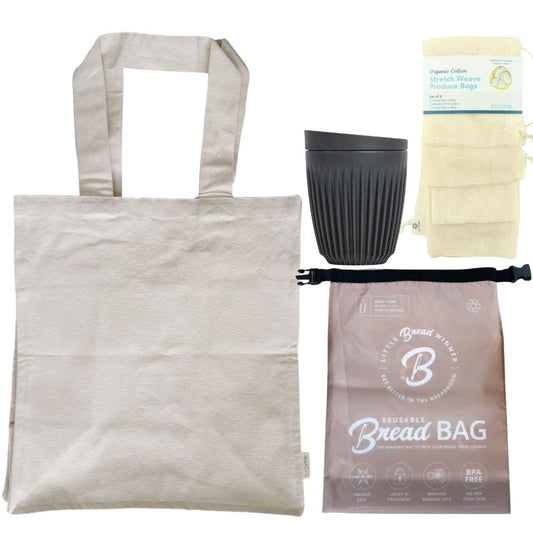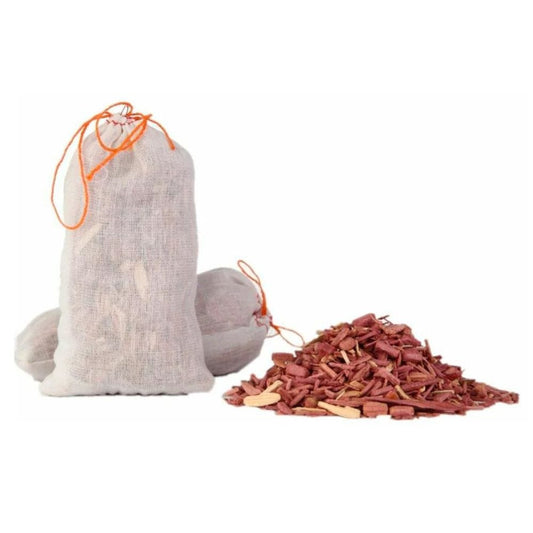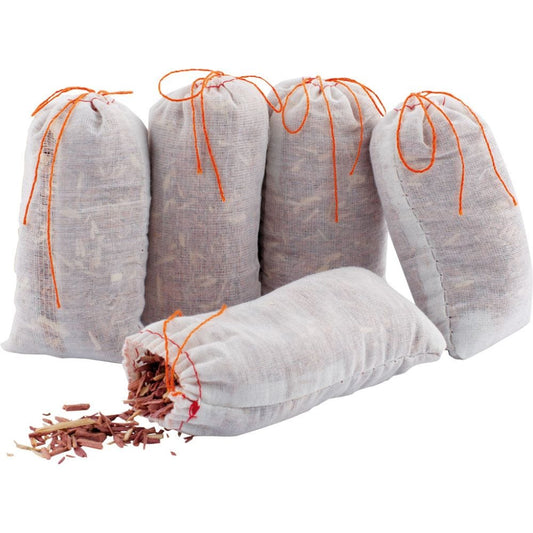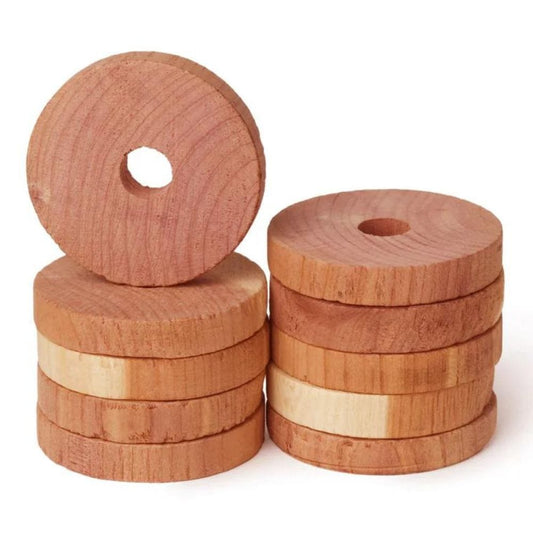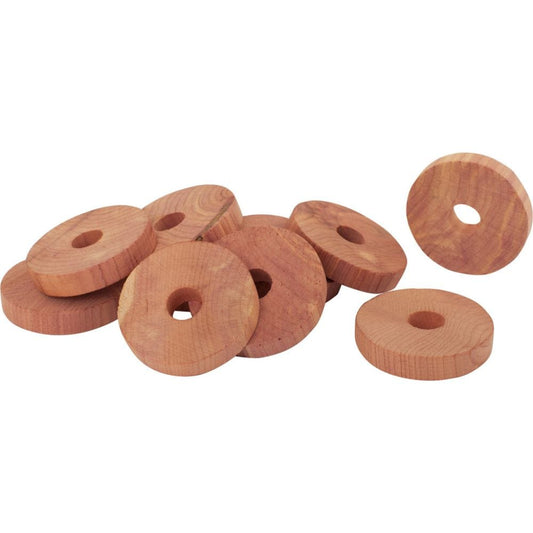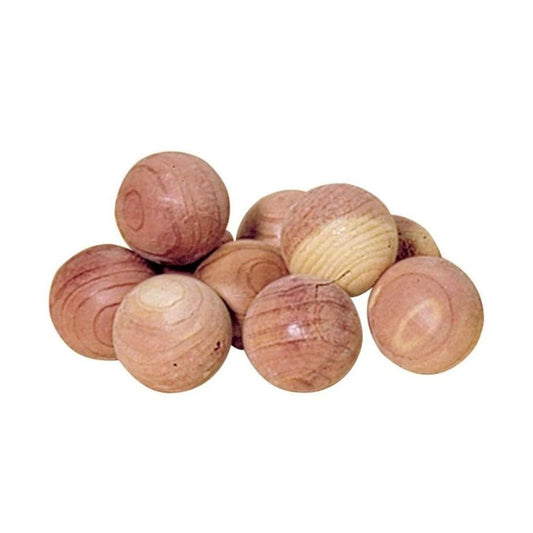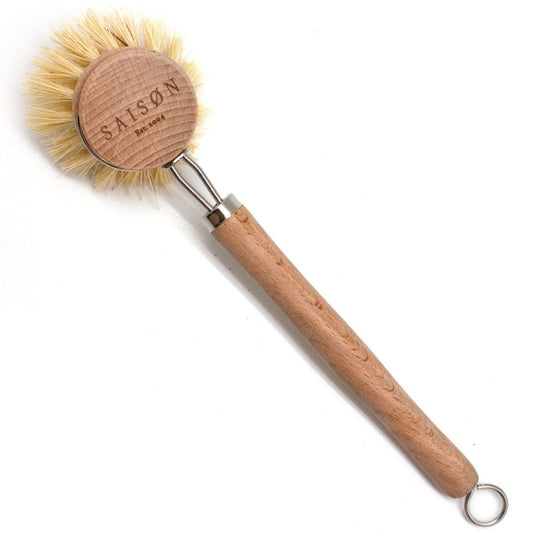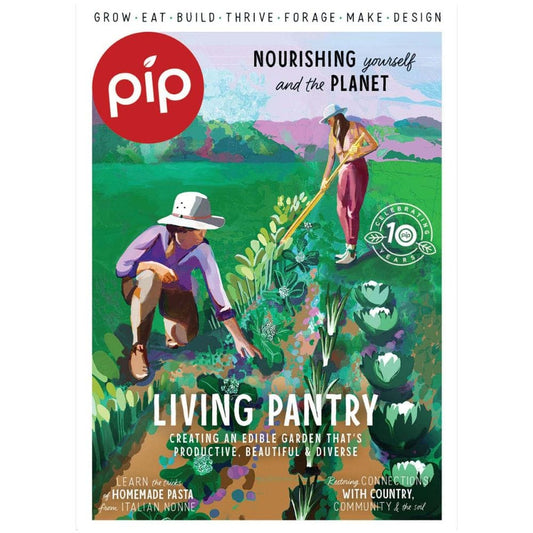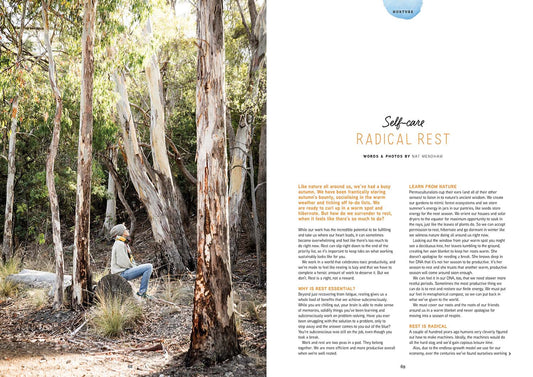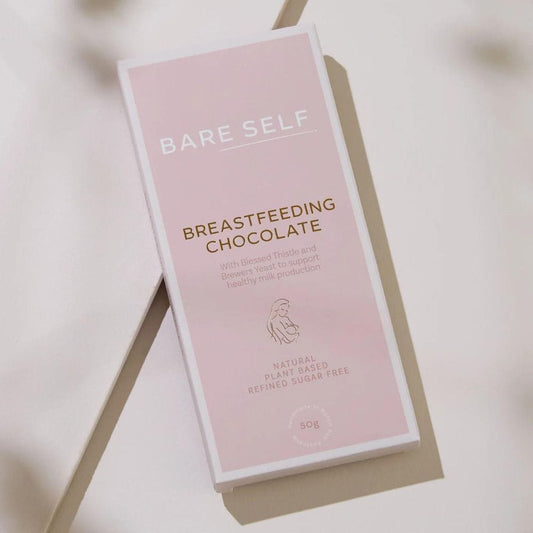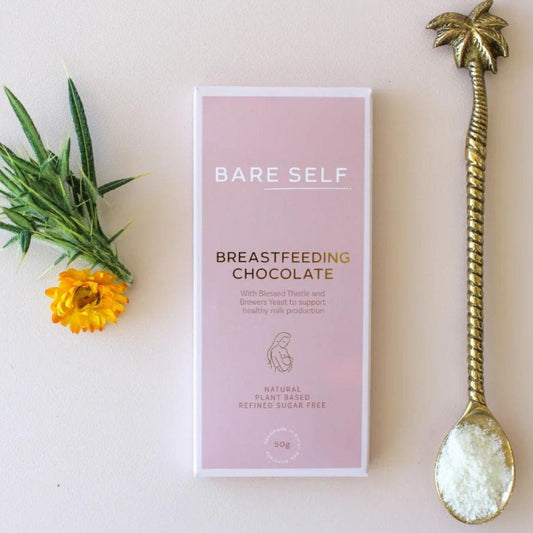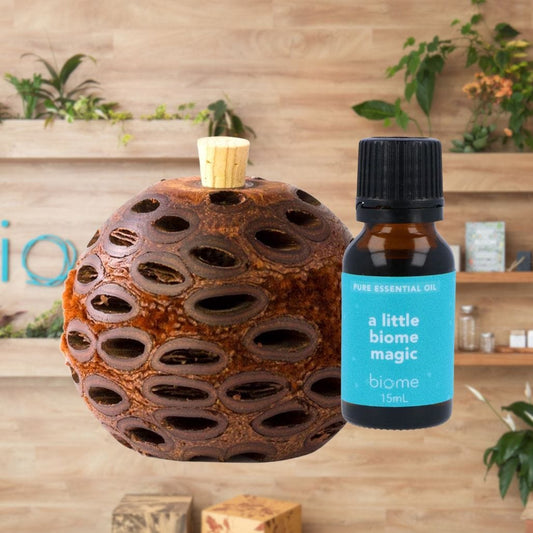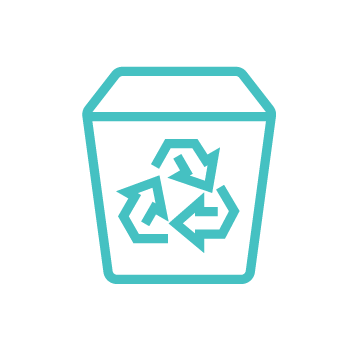Earthworms for a worm habitat farm are one of nature's hardest working composters. Earthworms spend their existence eating decaying organic matter contained within soil, breaking it down and creating ‘castings' which enrich and condition the soil. The presence of earthworms in a garden bed is a great indicator of the health of the soil, as earthworms will only go where there is variety of organic matter to eat. Earthworms kept in a worm habitat or worm farm are an excellent, fun and easy way to reduce your household, school or business waste. A worm habitat provides earthworms with the shelter and environment they need to live happily, reproduce and provide you with rich castings and worm juice to fertilise your garden. All that is needed to grow your worm farm is your food waste and a weekly watering and the earthworms will take care of the rest. The castings and worm juice produced as a result of worm farming will work wonders in your garden – converts have proclaimed that there is no better liquid fertiliser or soil conditioner than that produced by the humble earthworm. An average 60% of landfill waste is organic and easily compostable, however the anaerobic process produces harmful methane gas. Worm farming reduces these emissions, landfill and returns the organic matter to the earth. There is excellent information here about earthworms worm habitat and worm farms and how to minimise your organic waste.
what can earthworms in a worm habitat eat?
Worms love a variety of organic waste such as: kitchen scraps, coffee grounds, paper, cardboard, teabags, dairy, eggs, eggshells, grass clippings, garden waste, vacuum cleaner dust, hair & much more. Worms will tolerate only small amounts of onion, citrus, wheat, garlic and meats. The amount of food your worms can eat will increase over time – start with small amounts and build up as your worm population grows. One of our new additions to the Biome range is this 240L Wheelie Bin Worm Habitat which is a perfect size for families and small businesses. It comes complete with 1000 worms to get started. [caption id="attachment_4414" align="aligncenter" width="300"]

worm habitat 240l wheelie bin[/caption] What sets this worm habitat apart from cheaper tray systems is that it works on a ‘never fill' system making it extremely user friendly. The basics of using this worm habitat are very simple:
- Lift the lid and any top covering, scatter food in a layer onto the top, add a little moistened potting mix or soil to cover the layer, and then replace top covering and lid.
- Flush the system with water once a week and collect any worm juice from the drainage tap. Check for juice every couple of days, depending upon the level of worm activity you may harvest quite a lot! It can be stored for later use in a cool, dry place.
- Once castings begin to accumulate harvest these easily through the porthole.
The worm habitat wheelie bin for earthworm farming is very sturdy with wheels for easy moving. It is a user-friendly design with no tray lifting or rotating necessary, and it's so easy to harvest liquid and castings from the bottom tap and portholes. The tap is fitted with an over-flow system to prevent your earthworms from drowning if too much liquid accumulates. For a larger business, school, community garden or restaurant, the 360L Wheelie Bin Worm Habitat would be an ideal size to compost larger quantities of organic waste. There is even a worm habitat for composting dog manure instead of sending it to landfill. Earthworms will happily eat your dog's ‘do' in their worm habitat. This is available in a 140L Wheelie Bin size for dogs. [caption id="attachment_4415" align="aligncenter" width="225"]
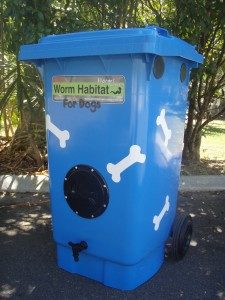
worm habitat dog manure wheelie bin[/caption] All of our worm habitat systems for earthworms are made in Australia of a high quality construction. Each component of the worm habitat is recyclable at the end of it's life. Each worm habitat comes complete with comprehensive instructions, information, hints and tips to get the most out of your worm farm experience.
 worm habitat 240l wheelie bin[/caption] What sets this worm habitat apart from cheaper tray systems is that it works on a ‘never fill' system making it extremely user friendly. The basics of using this worm habitat are very simple:
worm habitat 240l wheelie bin[/caption] What sets this worm habitat apart from cheaper tray systems is that it works on a ‘never fill' system making it extremely user friendly. The basics of using this worm habitat are very simple:
 worm habitat dog manure wheelie bin[/caption] All of our worm habitat systems for earthworms are made in Australia of a high quality construction. Each component of the worm habitat is recyclable at the end of it's life. Each worm habitat comes complete with comprehensive instructions, information, hints and tips to get the most out of your worm farm experience.
worm habitat dog manure wheelie bin[/caption] All of our worm habitat systems for earthworms are made in Australia of a high quality construction. Each component of the worm habitat is recyclable at the end of it's life. Each worm habitat comes complete with comprehensive instructions, information, hints and tips to get the most out of your worm farm experience.



